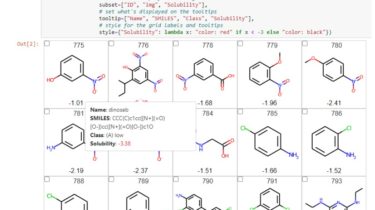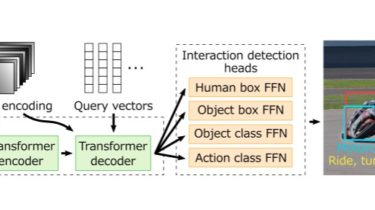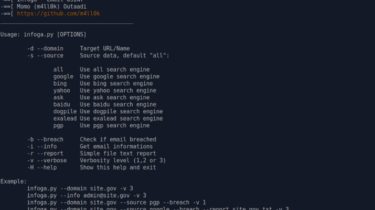MixKD: Towards Efficient Distillation of Large-Scale Language Models
March 17, 2021 By: Kevin J Liang, Weituo Hao, Dinghan Shen, Yufan Zhou, Weizhu Chen, Changyou Chen, Lawrence Carin Abstract Large-scale language models have recently demonstrated impressive empirical performance. Nevertheless, the improved results are attained at the price of bigger models, more power consumption, and slower inference, which hinder their applicability to low-resource (both memory and computation) platforms. Knowledge distillation (KD) has been demonstrated as an effective framework for compressing such big models. However, large-scale neural network systems are prone […]
Read more







